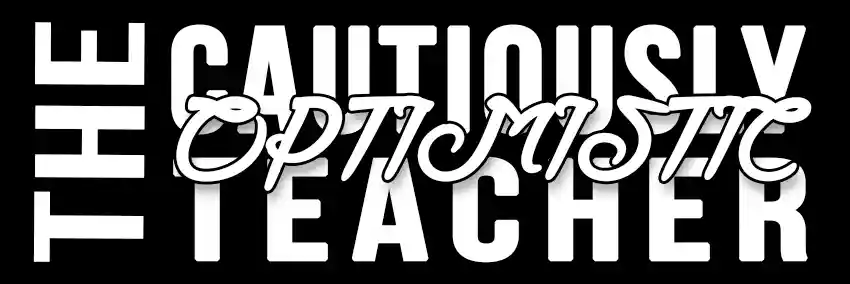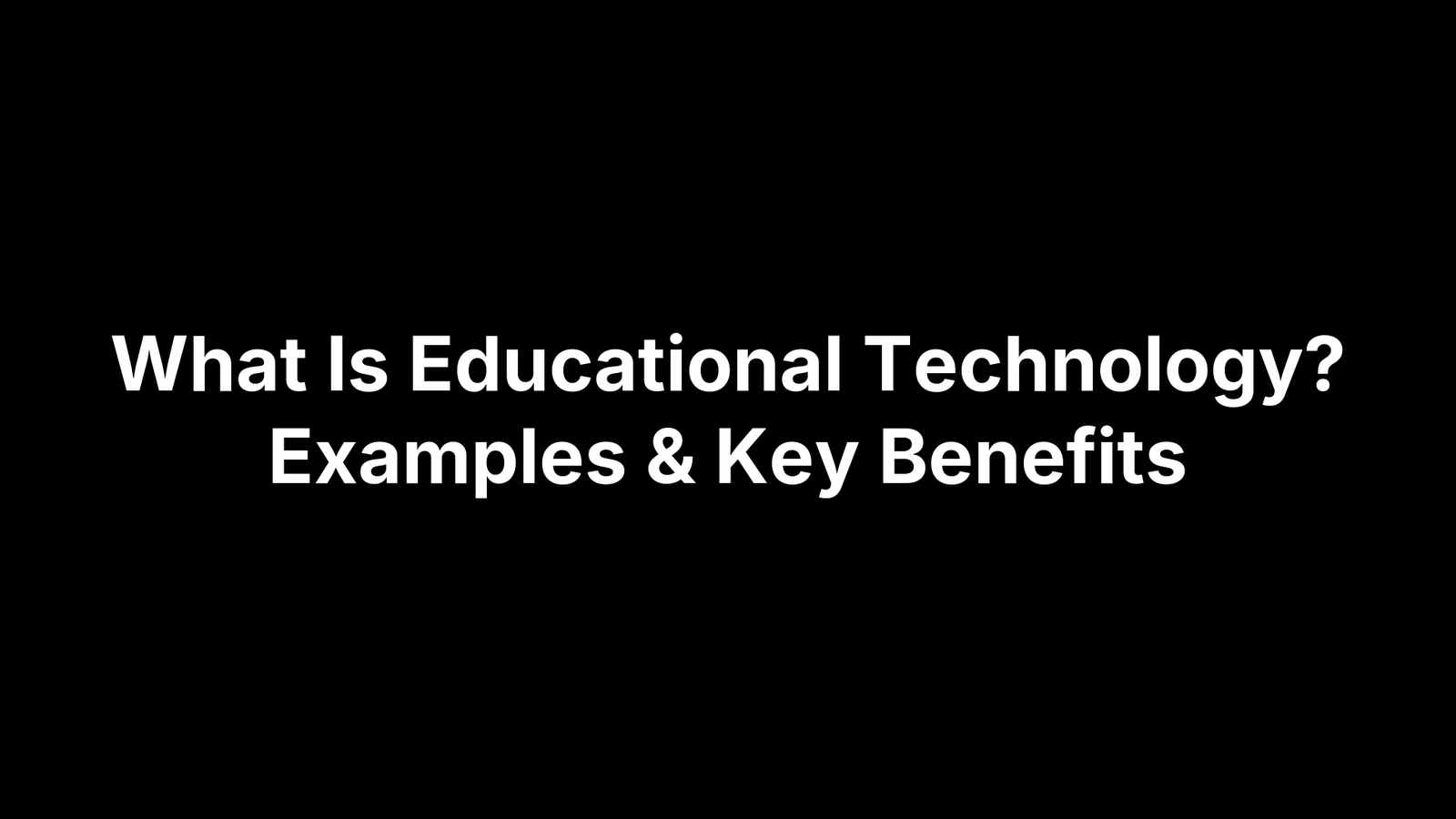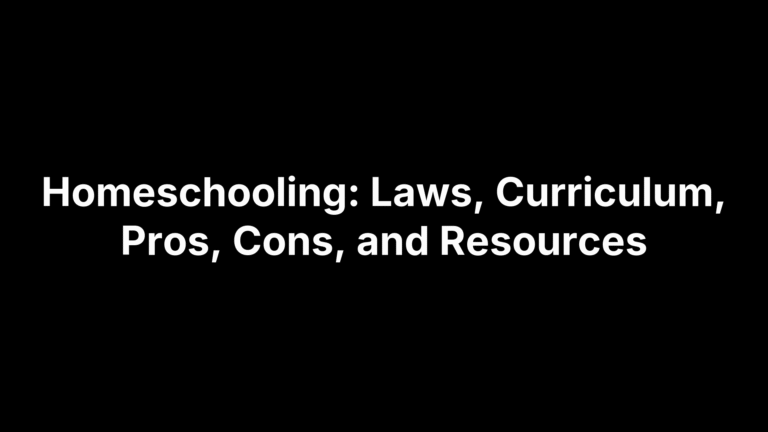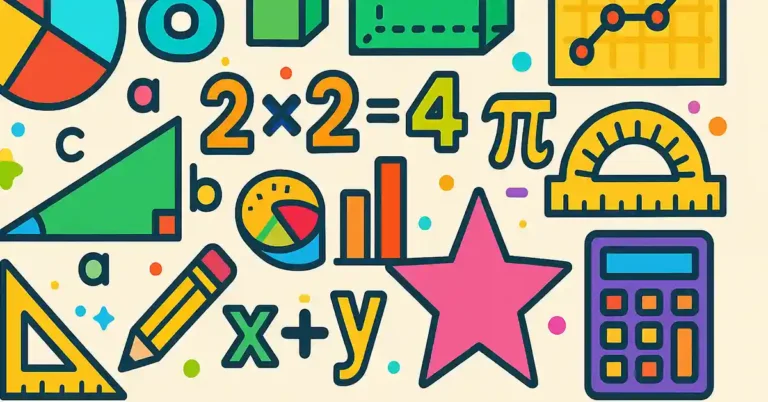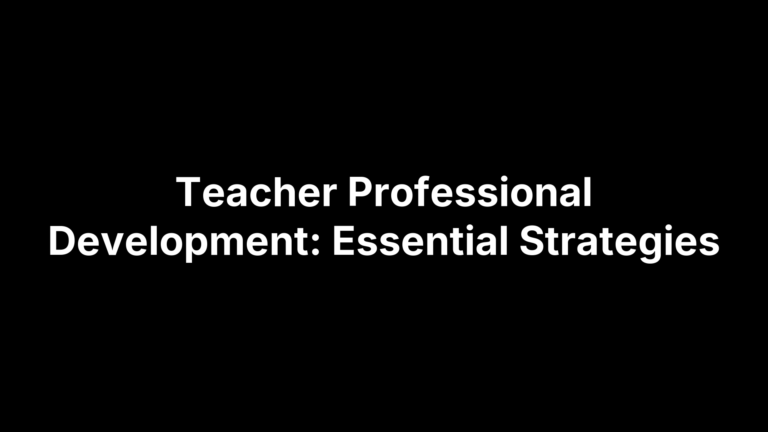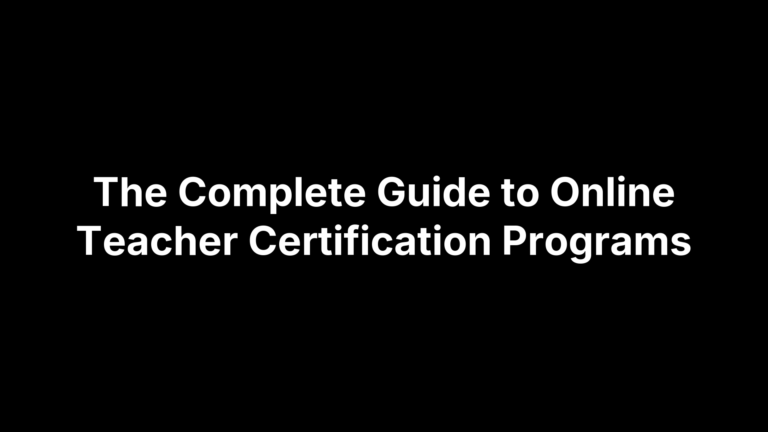What Is Educational Technology? Examples & Key Benefits
Educational technology—often shortened to edtech—means weaving digital tools, intentional instructional design, and data-driven practices into teaching so learning becomes more engaging, inclusive, and effective. Think tablets for interactive labs, adaptive software that levels-up as students grow, and dashboards that help teachers spot progress at a glance.
You’ll see edtech’s evolution, the hardware and software behind it, data considerations, lesson examples, realistic implementation roadblocks and solutions, the payoffs (and pitfalls) for every stakeholder, and the trends poised to shape your school year—along with practical tips you can try tomorrow in any classroom.
Defining Educational Technology in Plain Language
Ask ten educators “what is educational technology?” and you’ll get answers that range from “smartboards” to “a research discipline.” Both are right. Educational technology is simultaneously a toolbox and a field of inquiry: the physical and digital resources we put in learners’ hands, and the evidence-based methods we use to decide whether those resources actually move the achievement needle. In other words, edtech equals tools + pedagogy + proof.
Working Definition You Can Use Today
Educational technology is the purposeful pairing of tech tools with sound teaching strategies to measurably improve learning, access, or efficiency.
Three pillars keep that definition practical:
- Tools — hardware, software, networks
- Pedagogy — instructional design models like UDL or ADDIE
- Improvement — data that shows gains in understanding, equity, or workflow
How Leading Organizations and Scholars Define It
While wording differs, the thread is clear: ethical use of technology to enhance learning outcomes.
| Source | Wording Snippet | Main Emphasis |
|---|---|---|
| AECT | “ethical study and application… to improve learning and performance” | Research & ethics |
| UNESCO | “facilitating learning and improving performance by creating, using and managing appropriate technological processes” | Global access & management |
| Wikipedia | “combined use of computer hardware, software, and educational theory and practice” | Practical integration |
Scope and Nature of Educational Technology
Edtech isn’t limited to K-12 classrooms. It powers university MOOCs, Fortune 500 onboarding modules, community-library coding clubs, and lifelong-learning apps. At the lesson level, you’ll hear “instructional technology” (e.g., an interactive quiz). Scale that to district-wide data systems or national open-course platforms and you’re squarely in “educational technology.” Regardless of scale, the cycle remains: design, develop, implement, evaluate, and refine.
A Brief History of EdTech: From Chalkboards to AI
Technology and teaching have always mingled; every era just names its novelty. Scan the timeline below and notice how each breakthrough tried to solve a specific instructional pain point, not simply add gadgets.
Pre-Digital Foundations
Chalkboards (1800s) let whole classes see work at once. Radio courses in the 1920s carried expert voices to rural schools. Mid-century filmstrips, overhead projectors, and TV lessons added visuals and pacing control teachers had never had.
The Digital Revolution
Affordable personal computers and CD-ROM encyclopedia sets arrived in the 1980s, shifting drill sheets to interactive software. By the late ’90s, dial-up internet and early learning-management systems such as Blackboard turned classrooms into networked information hubs.
Mobile, Cloud, and AI Era
Tablets and 1:1 laptop programs (2010s) made digital work ubiquitous, while cloud suites synced files instantly. Today, adaptive platforms, GPT-powered lesson helpers, and VR field trips—collectively dubbed “EdTech 4.0”—promise data-driven, personalized, even immersive learning.
Core Components, Tools, and Modalities
Behind the buzzwords, educational technology boils down to four moving parts: the gear students touch, the software layer that delivers content, the instructional blueprints that shape experiences, and the data plumbing that shows what’s working. Get these pieces talking to one another and the “tech” quietly fades into the background while learning takes center stage.
Hardware Devices Learners Use
- Laptops and Chromebooks for writing, coding, and cloud access
- Tablets for touch-first activities and camera use in AR projects
- Interactive flat panels or whiteboards that turn slides into communal canvases
- VR headsets for immersive lab simulations or virtual field trips
- Document cameras that stream live demonstrations
Pro tip: Match durability and battery life to grade level—rugged cases for third graders, higher-spec graphics for high-school CAD classes.
Software Platforms and Learning Apps
- Learning-management systems (Canvas, Moodle) to organize modules and gradebooks
- Student-information systems (SIS) that sync rosters and parent contacts
- Authoring tools like H5P or Genially for drag-and-drop interactive content
- AR/VR apps that layer 3-D models onto real space
Check licensing tiers: freemium can pilot an idea, but district-wide rollouts need SSO integration and data protections.
Instructional Design Models That Power EdTech
- ADDIE’s plan-design-build-test-revise loop keeps projects on schedule
- SAM (Successive Approximation Model) favors rapid prototypes—perfect for agile app iterations
- Universal Design for Learning (UDL) ensures options for perception, action, and engagement; pair it with an LMS quiz bank to auto-generate leveled practice sets
Learning Data & Analytics Infrastructure
Clickstream logs, assessment scores, and attendance feed into dashboards that flag misconceptions or dropout risk. Predictive algorithms surface “nudge” alerts, while anonymized cohort reports guide curriculum tweaks—turning raw data into timely instructional moves.
Real-World Examples of Educational Technology in Action
Theories are great, but nothing convinces like seeing educational technology solve real classroom problems. The snapshots below come straight from schools that look a lot like yours—budgets, bell schedules, and all. Notice how each tool sits on top of the hardware–software–pedagogy foundation we outlined earlier.
Interactive Classroom Instructional Tools
An 8th-grade science teacher launches a live poll in Mentimeter, displays the word cloud on an interactive panel, and pivots her lesson when 62 % of students admit they’re fuzzy on meiosis. Quick, visual feedback keeps confusion from snowballing. Other favorites: PhET virtual labs, Nearpod “Time to Climb” quizzes, and Classflow annotations on touch displays.
Personalized Learning & Adaptive Systems
On DreamBox, a student who breezed through fractions yesterday automatically receives mixed-number challenges today, while a peer reviews foundational skills with scaffolds. Behind the scenes, algorithms adjust difficulty every few clicks, producing an individualized growth path without creating five separate lesson plans.
Collaboration and Communication Platforms
During a hybrid English seminar, half the class sits in person, half joins on Google Meet. All annotate the same Google Doc, color-coding evidence for and against a thesis. Parents later skim the revision history to track effort; administrators pull engagement reports for attendance audits.
Assessment, Feedback, and Gamification Technologies
A history teacher replaces exit tickets with a five-question Blooket session. Points and badges nudge even quiet students to participate, while the teacher dashboard instantly highlights which standards need reteaching. For essays, Turnitin’s AI feedback flags thesis vagueness before final submission.
Administrative & Productivity Tools for Educators
Using an AI report-card comment generator, a first-year teacher drafts 120 personalized remarks in under an hour, then bulk-imports them to the district SIS. The time saved funds a new after-school debate club—proof that the best tech often works behind the curtain.
Key Benefits of Educational Technology for Every Stakeholder
Thoughtful edtech deployments pay dividends well beyond the novelty factor. When the right tool meets the right strategy, every party—students, teachers, and entire systems—sees tangible gains.
Boosting Student Engagement and Motivation
Interactive simulations, game mechanics, and immediate feedback tickle the brain’s reward circuits, lifting time-on-task and retention. Meta-analyses show digital games can increase average engagement scores by roughly 20 percentage points.
Enabling Differentiated and Inclusive Instruction
Text-to-speech readers, adjustable font sizes, language translation, and branching pathways let teachers serve IEP goals and varying readiness levels in one workspace—hallmarks of Universal Design for Learning made practical.
Expanding Access and Flexibility of Learning
Cloud courses run 24/7, mobile micro-lessons fit commuter schedules, and video recordings support homebound or rural learners, turning geography and bell schedules into optional settings instead of rigid constraints.
Increasing Teacher Efficiency and Professional Growth
Auto-graded quizzes, AI planning assistants, and online PLCs slice administrative hours while opening new avenues for peer feedback and micro-credentials, letting educators reinvest saved time in scaffolding, conferencing, or self-care.
Driving Data-Informed Decisions for Institutions
Aggregated dashboards spotlight achievement gaps early, guide resource allocation, and validate program effectiveness, giving district leaders a clearer ROI picture and helping policymakers steer funding toward interventions that demonstrably lift student outcomes.
Challenges, Limitations, and Ethical Considerations
Even the smartest tool set stumbles if the context isn’t right. Keep these caveats in mind before scaling up.
Equity and the Digital Divide
Spotty Wi-Fi, broken devices, and subscription costs widen achievement gaps. Budget for hotspots, loaner kits, and low-bandwidth offline options.
Privacy, Security, and Data Ethics
Student clicks generate sensitive data covered by FERPA. Vet vendors for encryption, minimal collection, timed deletion, and transparent consent workflows.
Screen Time, Cognitive Load, and Well-Being
Too many on-screen hours strain eyes and attention. Alternate analog tasks, schedule movement breaks, and design interfaces that minimize cognitive overload.
Teacher Training and Change Management
Change sticks only when educators feel competent. Offer bite-size PD, peer mentors, and phased rollouts aligned with existing curriculum goals.
The Future of Educational Technology: Trends to Watch
Tech horizons shift faster than curriculum calendars. These three emerging trends are moving from startup demos to district budgets—sooner than many teachers realize.
AI, AR/VR, and Immersive Learning
Generative tutors, adaptive practice, and low-cost VR headsets promise on-the-fly feedback and field trips impossible in brick-and-mortar classrooms.
Blockchain, Micro-Credentials, and Learner Ownership of Data
Blockchain-secured transcripts plus stackable micro-credentials hand learners portable proof of skills, simplifying credit transfer and employer verification.
Preparing Teachers and Students for the Next Wave
Digital pedagogy, data literacy, and ethical-AI fluency must join reading, writing, and math; micro-PD modules make continuous upskilling manageable.
Key Takeaways
Need the short version? Start here.
- Definition: Educational technology intentionally blends hardware, software, learning theory, and data to make teaching more engaging, equitable, and efficient.
- Evolution: Chalkboards, radio, PCs, cloud tools, and now AI tutors show a steady march toward solving concrete access and learning problems.
- Toolkit: Devices, platforms, design models, and analytics only shine when selected as a coherent, student-centered ecosystem.
- Classroom reality: Live polls, adaptive math apps, VR field trips, and AI paperwork helpers prove edtech can spark lessons and streamline workflows.
- Benefits: Higher motivation, personalized pathways, broader access, saved teacher hours, and data-driven decisions outweigh costs when equity and training stay front-and-center.
- Caveats: Digital divides, privacy risks, screen fatigue, and change burnout demand clear policies, ethical vendor choices, and ongoing professional development.
Ready to put these insights to work? Browse the teaching resources and AI tools at The Cautiously Optimistic Teacher and start experimenting tomorrow.
